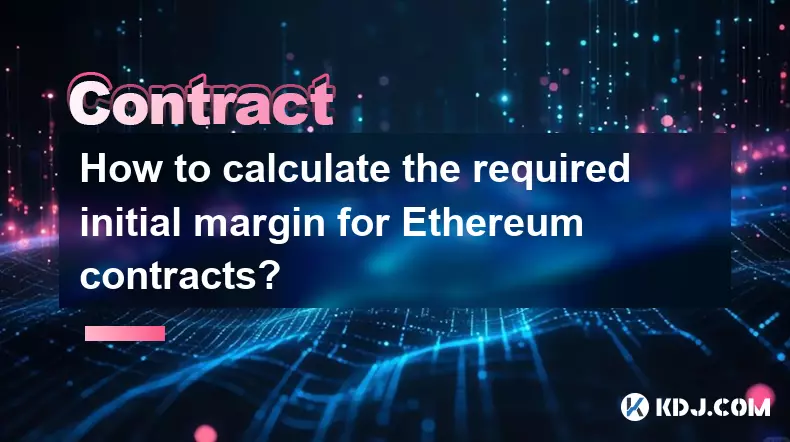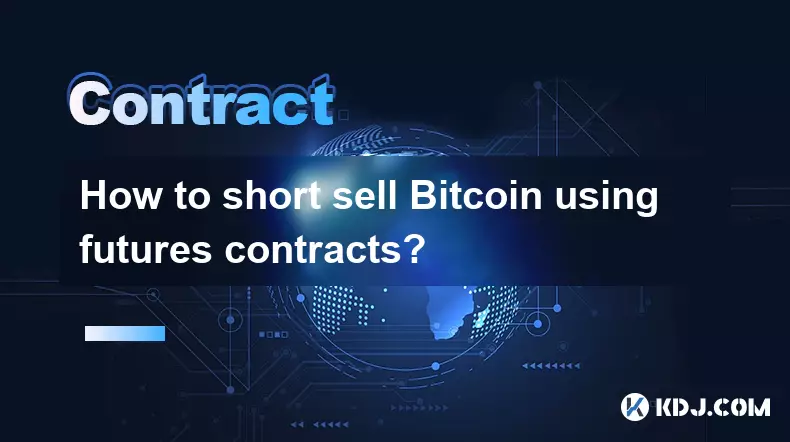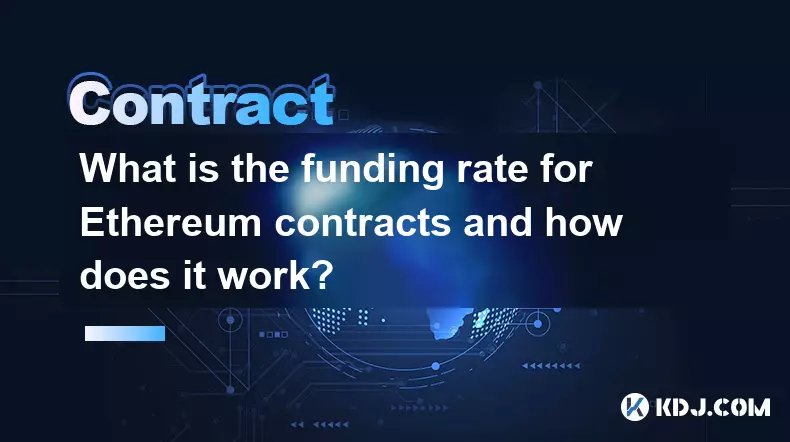-
 bitcoin
bitcoin $114320.977035 USD
-0.40% -
 ethereum
ethereum $4152.439985 USD
-1.75% -
 tether
tether $1.000111 USD
-0.04% -
 xrp
xrp $2.843037 USD
-1.63% -
 bnb
bnb $1013.349380 USD
-1.62% -
 solana
solana $208.362767 USD
-2.10% -
 usd-coin
usd-coin $0.999783 USD
0.00% -
 dogecoin
dogecoin $0.232559 USD
-1.00% -
 tron
tron $0.333491 USD
-1.09% -
 cardano
cardano $0.806310 USD
0.19% -
 hyperliquid
hyperliquid $45.023720 USD
-1.59% -
 ethena-usde
ethena-usde $1.000819 USD
-0.06% -
 chainlink
chainlink $21.241249 USD
-2.11% -
 avalanche
avalanche $30.035416 USD
-0.66% -
 stellar
stellar $0.364984 USD
-2.05%
What is the auto-deleveraging mechanism for Bitcoin futures?
Auto-deleveraging closes profitable, high-leverage positions to cover losses when liquidations exceed insurance funds, posing a hidden risk during volatile Bitcoin price swings.
Sep 29, 2025 at 01:54 am

Understanding Auto-Deleveraging in Bitcoin Futures
1. Auto-deleveraging is a risk management mechanism used by certain cryptocurrency derivatives exchanges when handling leveraged futures contracts. In situations where a trader’s position is liquidated and there isn’t enough insurance fund to cover the resulting loss, the exchange may forcibly close offsetting positions from profitable traders. This process ensures that losses from insolvent positions do not cascade across the platform.
2. The system primarily targets traders who are on the opposite side of the market and have high leverage and substantial unrealized profits. These traders are selected based on their leverage level and profit margin, with the most highly leveraged and profitable positions being closed first. The goal is to minimize market disruption while redistributing losses in a controlled manner.
3. When auto-deleveraging occurs, the affected trader’s position is partially or fully closed at the bankruptcy price of the originally liquidated position. This means that even if the market hasn’t reached their stop-loss level, their position can be terminated without prior notice. The compensation comes directly from their realized gains, which are used to cover the shortfall from the defaulting position.
4. Exchanges such as BitMEX previously utilized this model extensively, especially during periods of extreme volatility. For example, during rapid price swings in Bitcoin, multiple large positions may be liquidated in quick succession, overwhelming the insurance fund. In such cases, auto-deleveraging acts as a last-resort tool to maintain solvency within the futures market structure.
5. Traders often view auto-deleveraging as a hidden risk because it introduces an element of unpredictability. Even disciplined trading strategies with proper risk controls can be impacted if they fall into the category of highly profitable, high-leverage positions. As such, many experienced traders aim to reduce leverage or exit positions preemptively during turbulent market phases to avoid being targeted.
How Auto-Deleveraging Affects Market Dynamics
1. The presence of auto-deleveraging influences how traders manage their open positions, particularly in high-volatility environments. Knowing that extremely profitable long or short bets could be forcibly closed alters incentive structures and encourages more conservative use of leverage.
2. During flash crashes or sharp rallies, the triggering of auto-deleveraging can amplify price movements. As large opposing positions are closed rapidly, additional sell or buy pressure is introduced into the market, potentially pushing prices further in the direction of the initial move.
3. This mechanism also creates a disincentive for maintaining excessively leveraged positions over extended periods. Traders aware of the risk may choose to take profits earlier or switch to lower leverage settings, contributing to a slightly more stable order book under stress conditions.
4. Some exchanges have moved away from auto-deleveraging in favor of socialized loss models or improved insurance funds. However, those still using it must clearly communicate its rules so users understand the potential consequences of holding aggressive positions during volatile episodes.
5. Transparency around the ranking algorithm—how counterparties are selected—is critical. If traders cannot anticipate whether they might be subject to auto-deleveraging, trust in the platform diminishes. Exchanges that publish detailed methodologies help users make informed decisions about their exposure.
Risks and Mitigation Strategies for Traders
1. One major risk associated with auto-deleveraging is the sudden closure of a winning position without market-based triggers. A trader may believe their stop-loss or take-profit levels offer full protection, only to find their position closed due to systemic risk protocols.
2. Maintaining moderate leverage significantly reduces the likelihood of being selected during an auto-deleveraging event. Positions with lower leverage typically rank lower in the AD hierarchy, making them less likely candidates for forced closure.
3. Monitoring overall market health and open interest trends helps traders anticipate potential instability. High concentrations of leveraged longs or shorts increase the probability of mass liquidations, raising the chances that auto-deleveraging will activate.
4. Using platforms with robust insurance funds and alternative loss-absorption mechanisms can provide greater predictability. These exchanges may rely less on auto-deleveraging, offering a more stable environment for active futures traders.
5. Setting alerts for extreme volatility indicators, funding rate spikes, and exchange-wide liquidation volumes allows proactive adjustments. Exiting positions ahead of potential system stress events avoids unintended exposure to protocol-level interventions.
Frequently Asked Questions
What causes auto-deleveraging to be triggered?Auto-deleveraging activates when a trader's leveraged position is liquidated and the available insurance fund cannot cover the deficit between the liquidation price and the eventual close-out price. This typically happens during fast-moving markets where price gaps prevent smooth execution.
Can I completely avoid auto-deleveraging?While it cannot be entirely eliminated on platforms that employ the mechanism, avoiding high leverage, closing profitable positions before volatility peaks, and choosing exchanges with alternative risk models greatly reduce the chance of being affected.
Are all crypto exchanges using auto-deleveraging?No, not all exchanges use this system. Some have replaced it with advanced insurance funds, clawback protections, or socialized loss sharing. Major platforms like Binance and Bybit generally avoid auto-deleveraging in favor of deeper risk buffers.
How are traders ranked for auto-deleveraging?Traders are ranked based on the profitability of their opposing position and the degree of leverage used. Those with the highest leverage and largest unrealized gains are prioritized for position closure during an auto-deleveraging event.
Disclaimer:info@kdj.com
The information provided is not trading advice. kdj.com does not assume any responsibility for any investments made based on the information provided in this article. Cryptocurrencies are highly volatile and it is highly recommended that you invest with caution after thorough research!
If you believe that the content used on this website infringes your copyright, please contact us immediately (info@kdj.com) and we will delete it promptly.
- BlockDAG, DOGE, HYPE Sponsorship: Crypto Trends Shaping 2025
- 2025-10-01 00:25:13
- Deutsche Börse and Circle: A StableCoin Adoption Powerhouse in Europe
- 2025-10-01 00:25:13
- BlockDAG's Presale Buzz: Is It the Crypto to Watch in October 2025?
- 2025-10-01 00:30:13
- Bitcoin, Crypto, and IQ: When Genius Meets Digital Gold?
- 2025-10-01 00:30:13
- Stablecoins, American Innovation, and Wallet Tokens: The Next Frontier
- 2025-10-01 00:35:12
- NBU, Coins, and Crypto in Ukraine: A New Yorker's Take
- 2025-10-01 00:45:14
Related knowledge

How to calculate the required initial margin for Ethereum contracts?
Oct 01,2025 at 06:01am
Understanding Initial Margin in Ethereum Futures1. The initial margin for Ethereum futures contracts represents the minimum amount of capital a trader...

What is a perpetual swap for Bitcoin contracts?
Oct 01,2025 at 08:18am
Understanding Perpetual Swaps in Bitcoin Trading1. A perpetual swap is a type of derivative contract that allows traders to speculate on the price of ...

What is the best platform for trading SOL contracts?
Oct 01,2025 at 06:36am
Understanding the Role of Decentralized Exchanges in Modern Crypto Trading1. Decentralized exchanges (DEXs) have reshaped how traders interact with di...

How to short sell Bitcoin using futures contracts?
Oct 01,2025 at 02:54am
Understanding the Role of Decentralized Exchanges in Crypto Trading1. Decentralized exchanges (DEXs) have become a cornerstone of the cryptocurrency e...

Are PEPE contracts a good way to trade volatility?
Oct 01,2025 at 04:18am
Understanding PEPE Contracts in the Cryptocurrency Market1. PEPE contracts, derived from the broader meme coin movement, have gained attention due to ...

What is the funding rate for Ethereum contracts and how does it work?
Oct 01,2025 at 10:54am
Funding Rate Mechanism in Ethereum Derivatives1. The funding rate is a periodic payment exchanged between long and short positions in perpetual future...

How to calculate the required initial margin for Ethereum contracts?
Oct 01,2025 at 06:01am
Understanding Initial Margin in Ethereum Futures1. The initial margin for Ethereum futures contracts represents the minimum amount of capital a trader...

What is a perpetual swap for Bitcoin contracts?
Oct 01,2025 at 08:18am
Understanding Perpetual Swaps in Bitcoin Trading1. A perpetual swap is a type of derivative contract that allows traders to speculate on the price of ...

What is the best platform for trading SOL contracts?
Oct 01,2025 at 06:36am
Understanding the Role of Decentralized Exchanges in Modern Crypto Trading1. Decentralized exchanges (DEXs) have reshaped how traders interact with di...

How to short sell Bitcoin using futures contracts?
Oct 01,2025 at 02:54am
Understanding the Role of Decentralized Exchanges in Crypto Trading1. Decentralized exchanges (DEXs) have become a cornerstone of the cryptocurrency e...

Are PEPE contracts a good way to trade volatility?
Oct 01,2025 at 04:18am
Understanding PEPE Contracts in the Cryptocurrency Market1. PEPE contracts, derived from the broader meme coin movement, have gained attention due to ...

What is the funding rate for Ethereum contracts and how does it work?
Oct 01,2025 at 10:54am
Funding Rate Mechanism in Ethereum Derivatives1. The funding rate is a periodic payment exchanged between long and short positions in perpetual future...
See all articles










































































